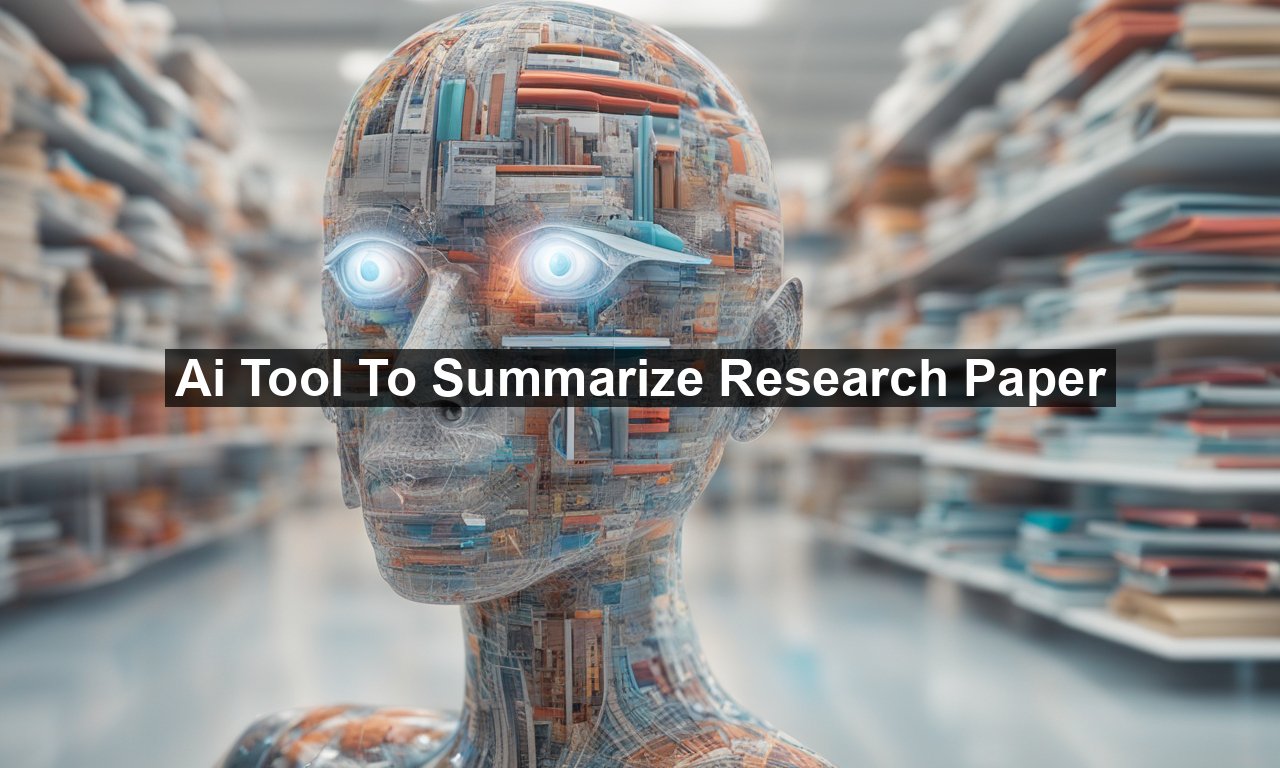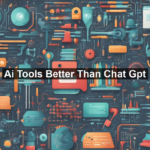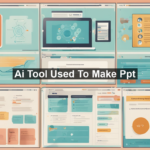In the fast-paced world of academia, staying on top of the latest research can feel like a never-ending sprint. With thousands of research papers published every day, finding the time to read and digest them all is a challenge. Enter the AI tool revolutionizing the way researchers and students alike approach this task: the AI tool to summarize research papers. This incredible technology is not just a time-saver but a catalyst for innovation, enabling a deeper understanding and quicker decision-making. Let’s delve into how these AI tools work, their benefits, and what they mean for the future of research.
How AI Summarization Tools Work
AI summarization tools use advanced machine learning algorithms to produce concise summaries of larger texts. These tools are trained on vast datasets, learning to identify key points, extract meaningful information, and present this data in a coherent manner. By employing natural language processing (NLP), they can understand context, tone, and intent, ensuring the summary retains the essence of the original document.
To achieve this, such tools often use techniques like:
- Natural Language Processing (NLP): A critical component that helps in understanding and generating human language.
- Deep Learning: AI models that mimic the human brain, enabling the summarization tool to learn and improve over time.
- Text Analysis: Breaking down text into smaller parts for better comprehension and analysis.
Some popular AI tools currently making waves include Sci-hub and AcademicPaths, both of which offer robust summarization features and serve as great starting points for those new to AI-driven research tools.
The Benefits of Using AI to Summarize Research Papers
The advantages of employing AI tools for summarizing academic texts are as diverse as they are far-reaching:
- Time Efficiency: AI tools can process and summarize content in seconds, allowing researchers to focus on critical, in-depth analysis rather than sifting through lengthy papers.
- Enhanced Comprehension: By distilling complex information into digestible summaries, these tools facilitate a quicker understanding of crucial findings.
- Broad Accessibility: They enable wider access to information, leveling the playing field for students and researchers who may struggle with dense academic language or have limited time.
- Consistent Updates: Regular updates ensure AI tools stay current with the latest language patterns and research trends, maintaining accuracy.
Optimizing Research Workflow
By integrating AI summarization into your workflow, research becomes not only faster but smarter. Imagine scanning through dozens of papers in a fraction of the time it used to take, freeing up mental and physical resources for creative exploration and hypothesis testing. This streamlined process empowers researchers to stay at the cutting edge, facilitating breakthrough discoveries.
Potential Challenges and Limitations
As with any technological advancement, there are caveats to consider. AI summarization tools are not without their limitations:
- Contextual Misinterpretation: Although AI is improving rapidly, it may sometimes struggle to grasp the full context, leading to skewed summaries.
- Over-reliance on Technology: Dependence on AI tools can result in underdeveloped critical reading skills, an essential component of scholarly work.
- Language Nuances: Subtle nuances and implications may be overlooked, as AI largely relies on pattern recognition rather than nuanced understanding.
While these challenges exist, ongoing advancements in AI are consistently working to address such issues. Nonetheless, it’s crucial that these tools are used as complements to, rather than replacements for, traditional reading and analysis.
The Future of AI in Academic Research
The future of AI in academic research is promising and exciting. As the technology behind AI tools evolves, their integration into academic fields will only deepen. We anticipate developments such as:
- Improved Understanding: More sophisticated NLP models that better capture the complexity and nuances of academic writing.
- Personalization: Tailored summaries based on the reader’s previous inputs and preferences, delivering information that is most relevant to individual research needs.
- Accessibility Enhancements: Broadening the reach of academic knowledge across different languages and regions, breaking down barriers to information access.
Leading organizations, like the Association for the Advancement of Artificial Intelligence, are at the forefront of exploring these possibilities, ensuring the ethical and efficient use of AI across various domains.
Conclusion: A New Era of Research
AI tools for summarizing research papers are undeniably transforming the landscape of academia. By offering a faster, more efficient route to digesting complex information, they provide academics with the means to focus on the most pressing aspects of research. While challenges remain, the ongoing evolution of AI promises solutions that could revolutionize how we interact with scholarly work. As these tools become even more advanced and widespread, they hold the potential to unlock new levels of understanding and innovation.











